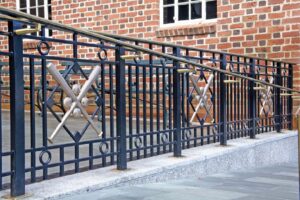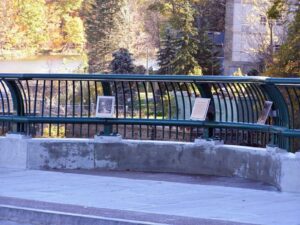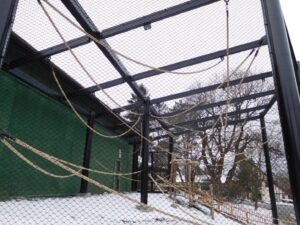Situated on the grounds of a historic 120-year-old dairy farm, the Klug Hill Farm windmill stands as a testament to sustainable energy solutions and cost efficiency. Developed by Optiwind, this unique windmill, known as a Compact Wind Acceleration Turbine (CWAT), was designed to meet the growing demand for smaller wind turbines capable of powering commercial applications like schools and factories. The use of hot-dip galvanized steel throughout the structure played a pivotal role in achieving sustainability, ecological friendliness, and cost-effectiveness.
Optiwind’s design criteria aimed at creating an environmentally conscious and economically viable solution for smaller markets. The decision to employ galvanized steel in the project aligns with the global shift toward renewable resources. The windmill, constructed entirely of galvanized steel, not only contributes to the generation of carbonless electricity but also adds an extra layer of sustainability to its production.
Galvanized steel, with its 100% recyclable zinc content, reflects the environmentally friendly nature of renewable energy production. The material’s unbeatable corrosion protection ensures minimal energy and material waste on routine maintenance, setting it apart from other corrosion protection systems. This sustainable attribute complements the Klug Hill Farm initiative perfectly.
Beyond sustainability, the windmill is energy-efficient, producing enough electricity to power the entire farming operation or up to 50 homes. Optiwind’s innovative design, utilizing a self-erecting tower with a rotating cylinder, maximizes wind acceleration. Galvanized steel shrouds encase the fans, providing protection to wildlife such as birds and bats.
When considering corrosion protection, Optiwind briefly contemplated painting the structure. However, the engineers recognized that the routine upkeep of painted surfaces would incur maintenance costs over the years. Opting for galvanized steel with its long-term durability and coating protection met both environmental and economic objectives. The superior barrier and cathodic protection of galvanized steel ensure the structure withstands daily exposure to sun, moisture, wind, and abrasion in an outdoor setting.
Special considerations were made to maximize energy and cost efficiency. The CWAT design accommodates lower wind speeds in rural areas and allows for crane-free installation, reducing associated costs. Effective communication between the galvanizer and fabricator was crucial for the success of this intricate project, involving the hot-dip galvanizing of 100 tons of steel. The galvanizers collaborated closely with Optiwind’s engineers, addressing tight tolerances and masking requirements in the early stages.
This groundbreaking project, with its mass appeal to smaller institutions seeking cost-effective and environmentally friendly energy solutions, owes a significant part of its success to hot-dip galvanized steel. The enduring, low-maintenance, and sustainable qualities of galvanized steel position the CWAT design as a key player in the renewable energy market. Hubbell Galvanizing’s expertise in galvanizing played a crucial role in ensuring the project’s success.




